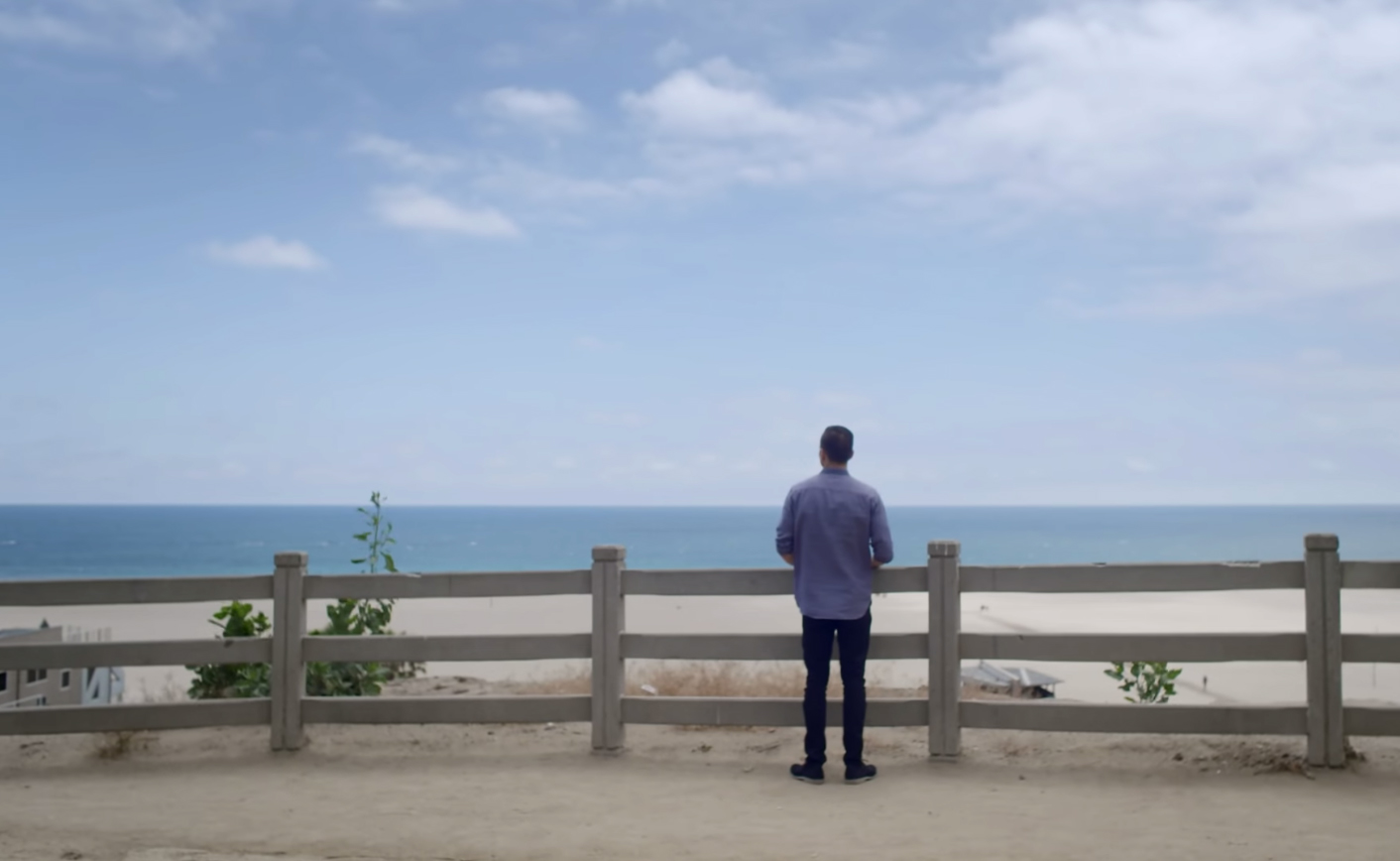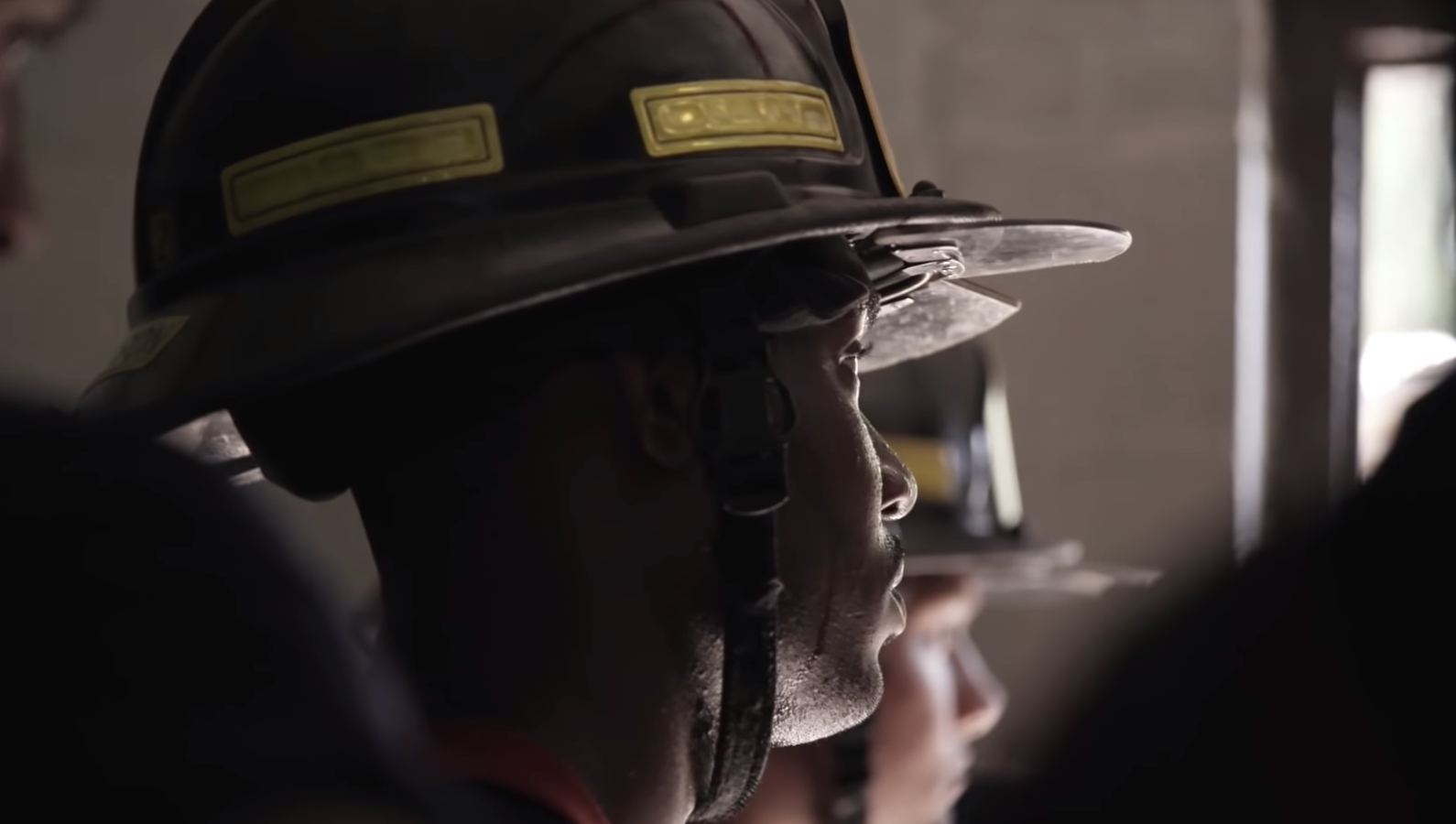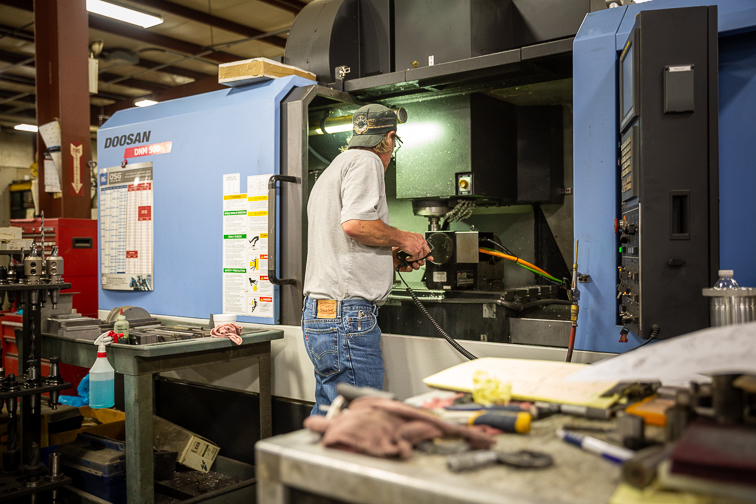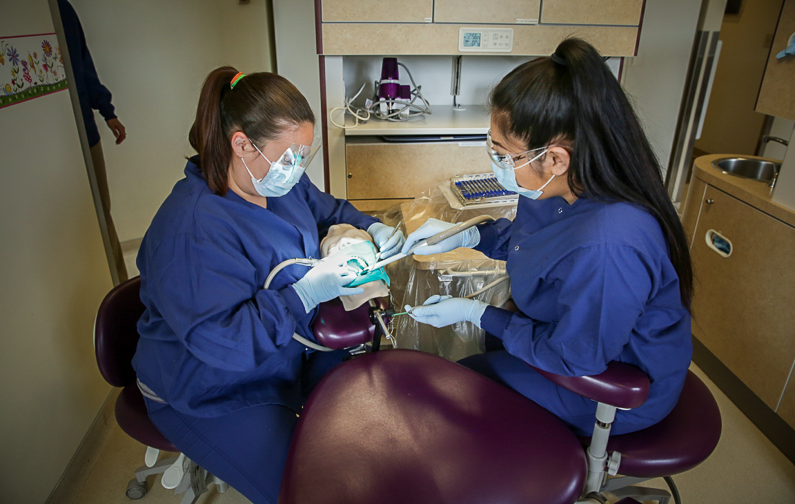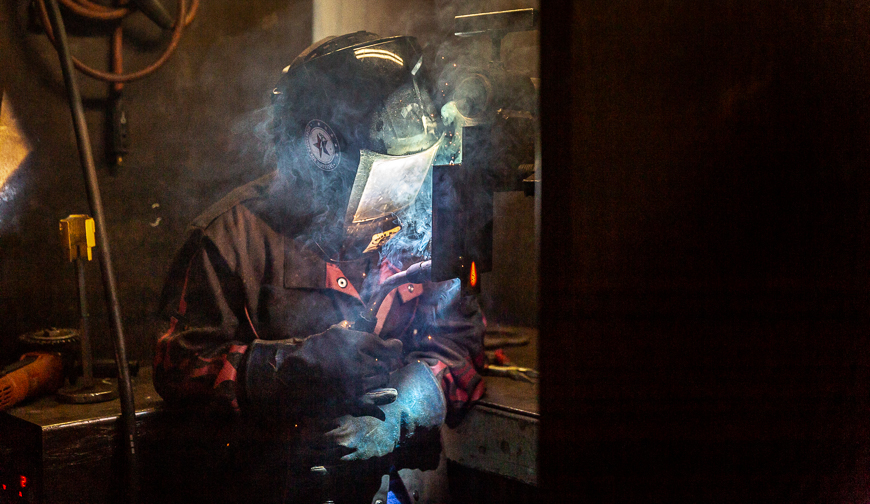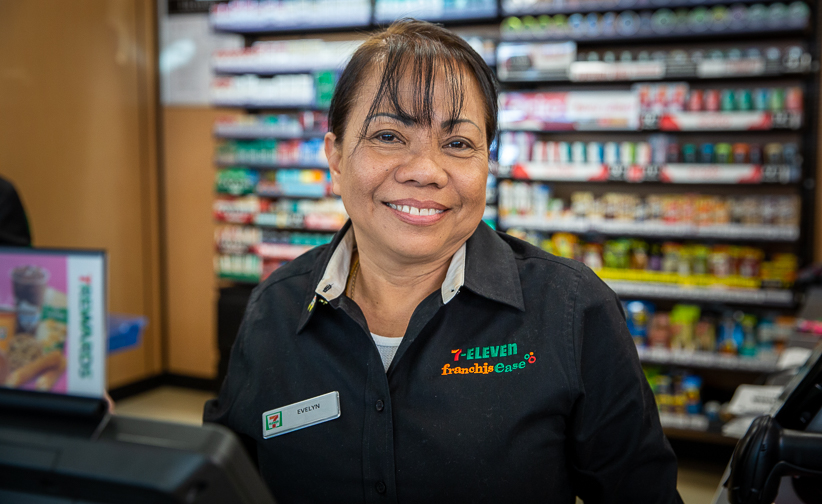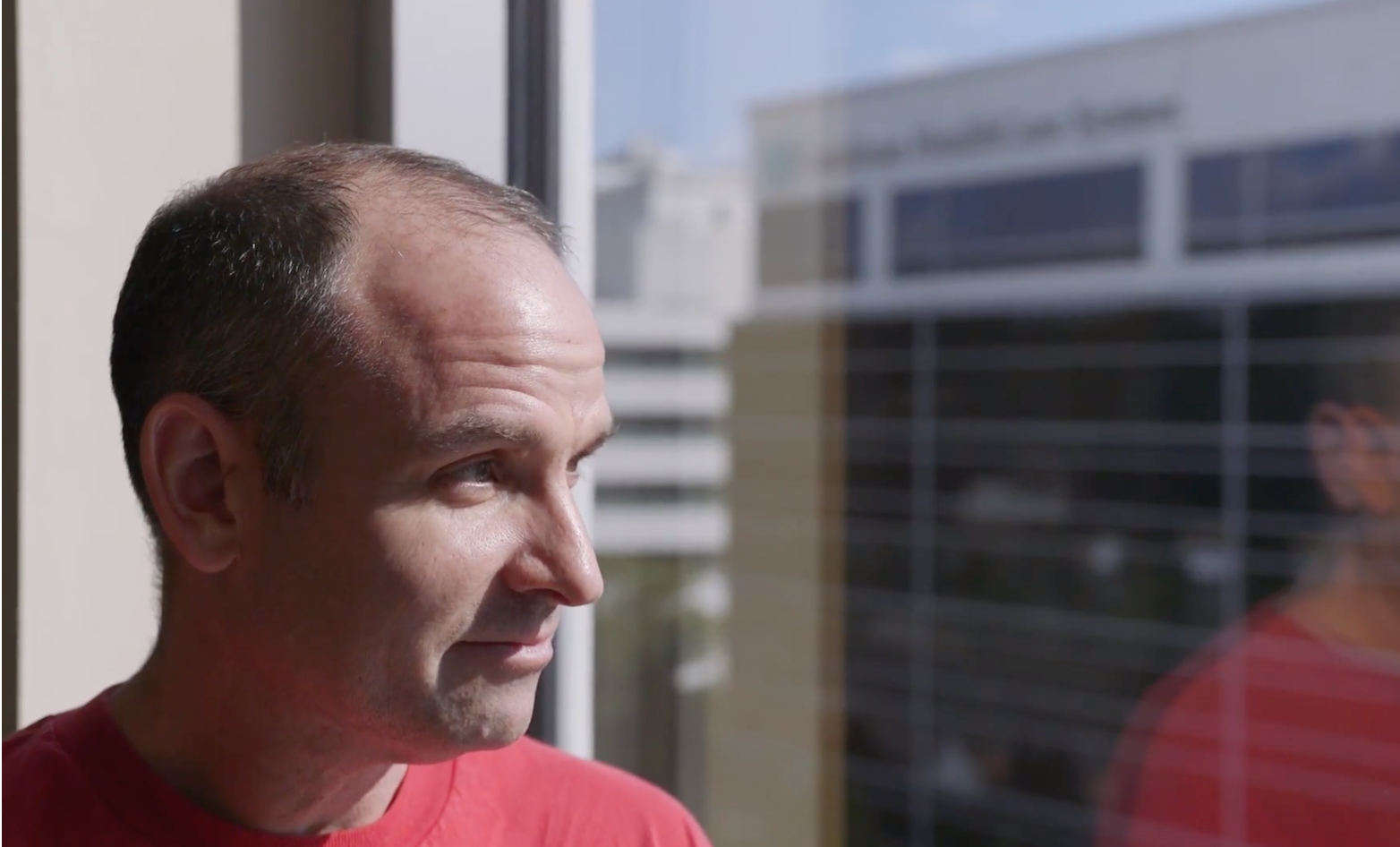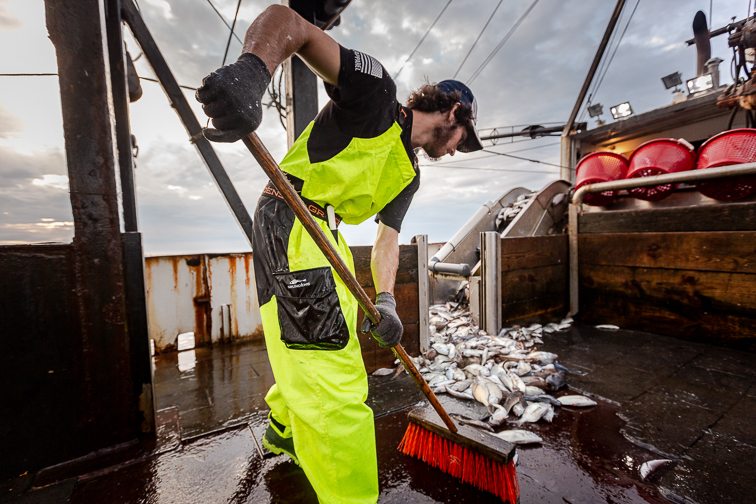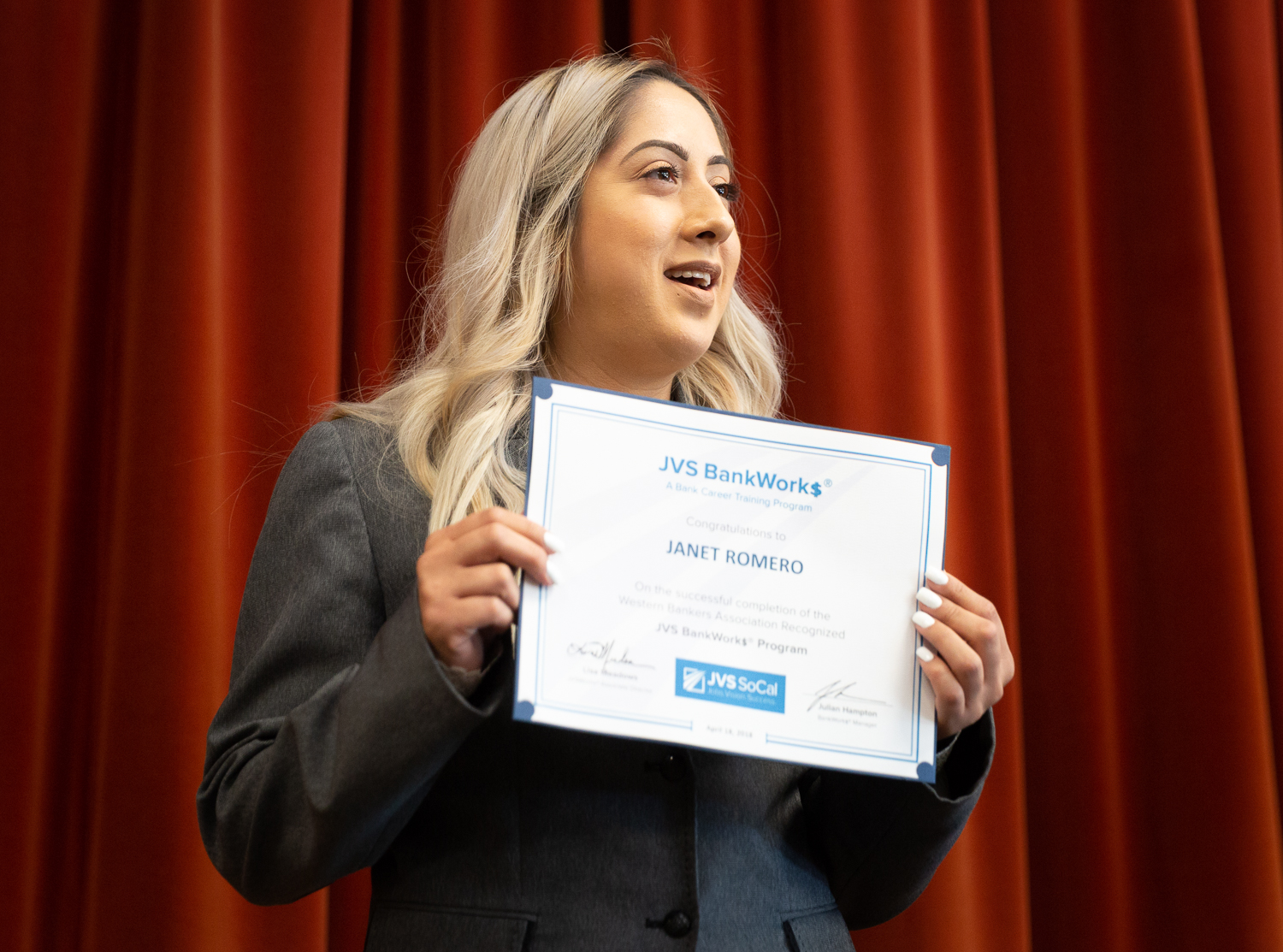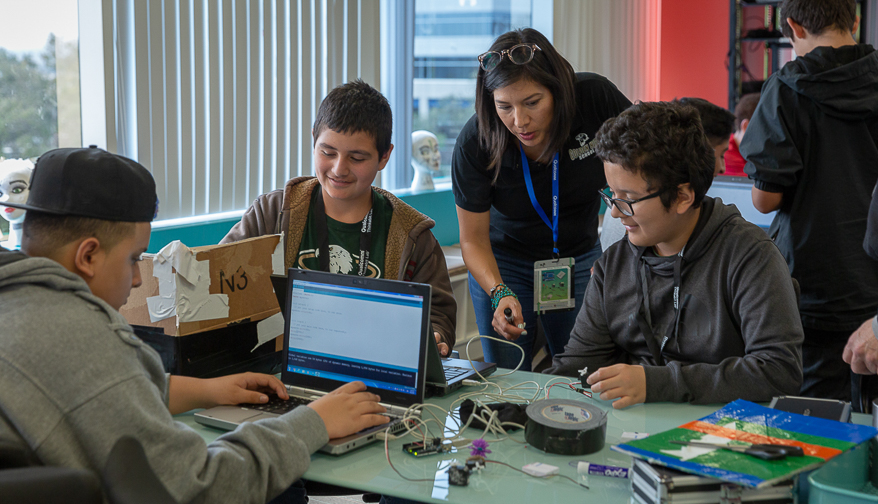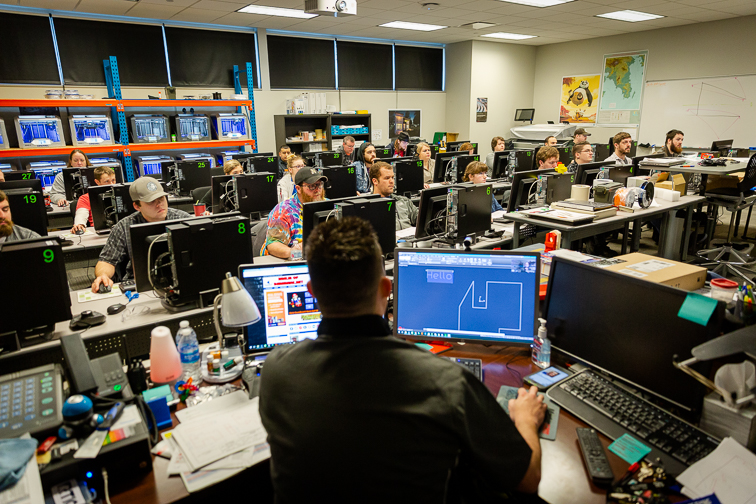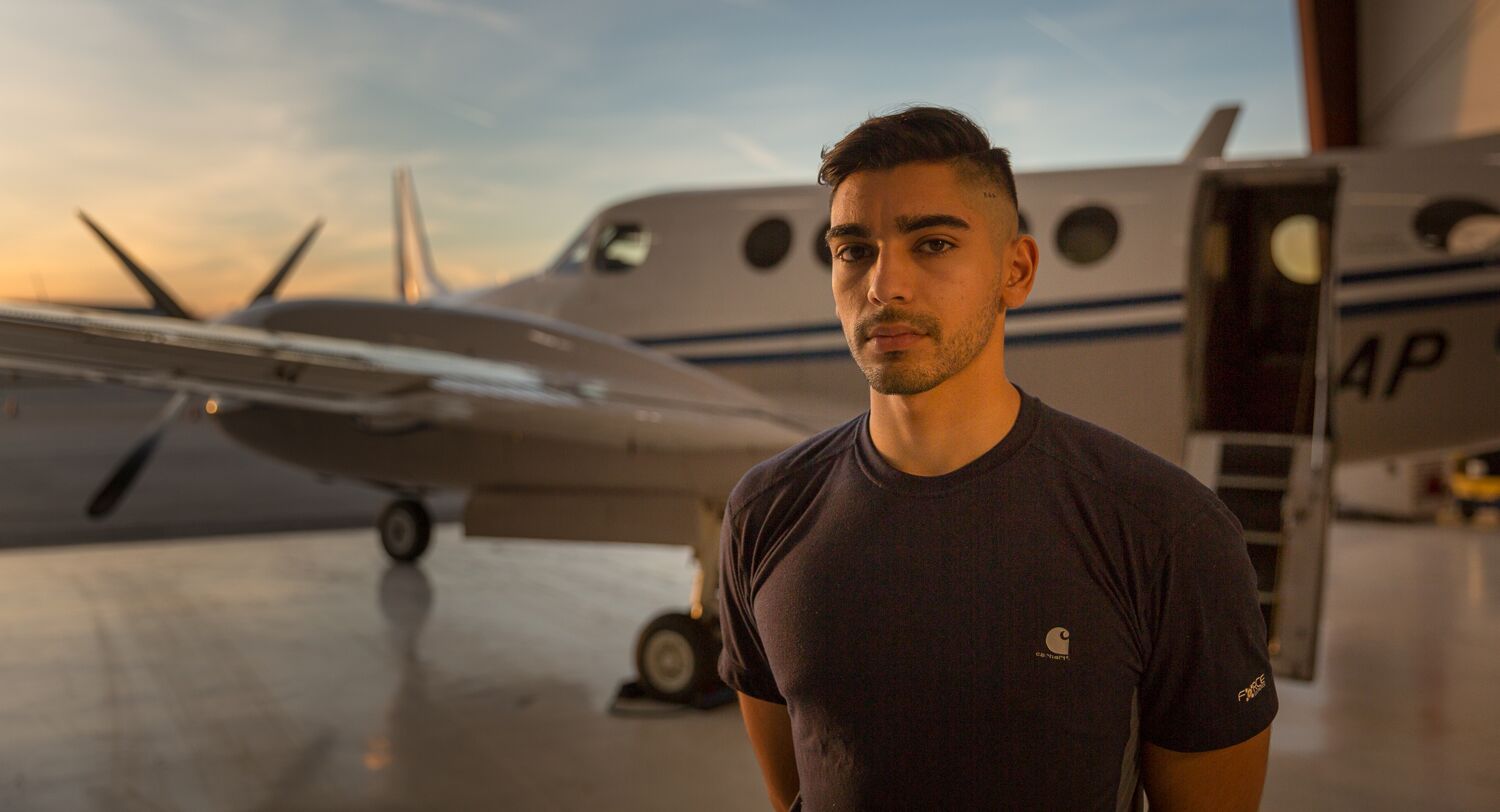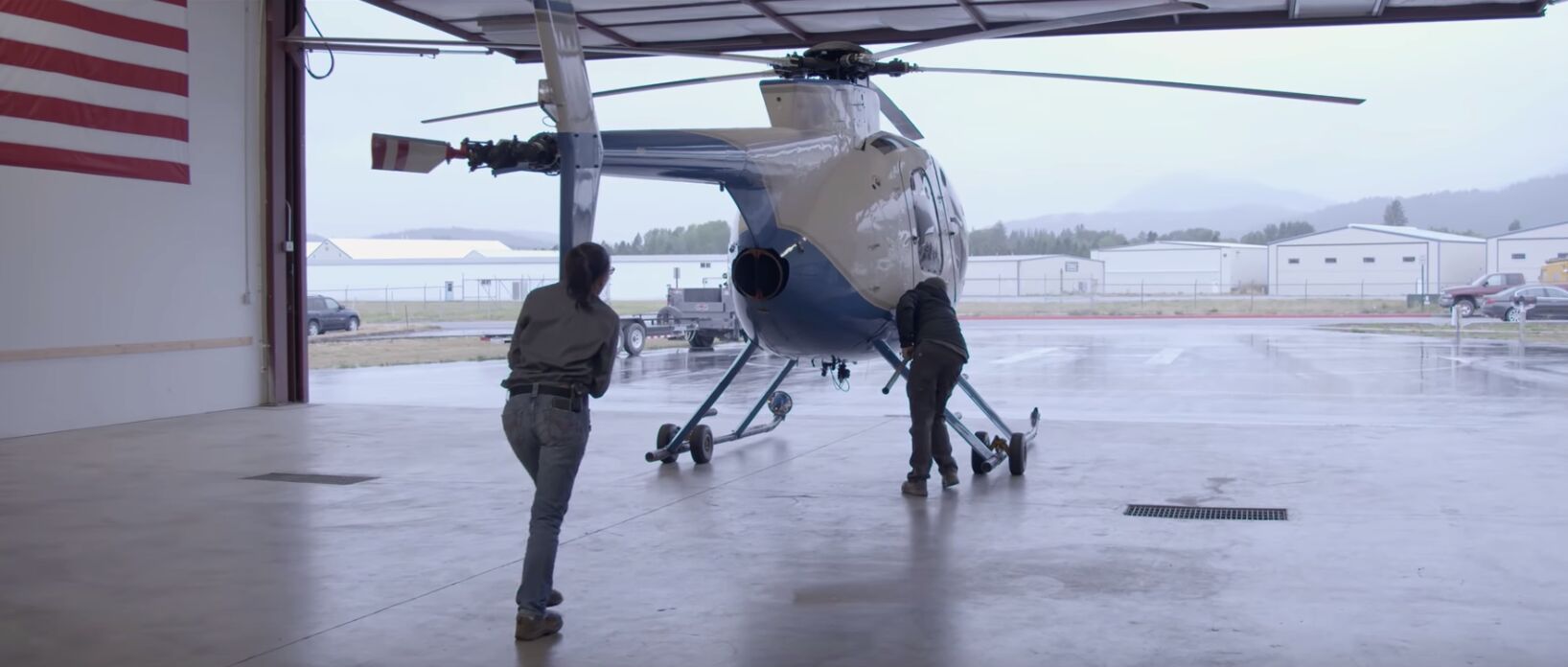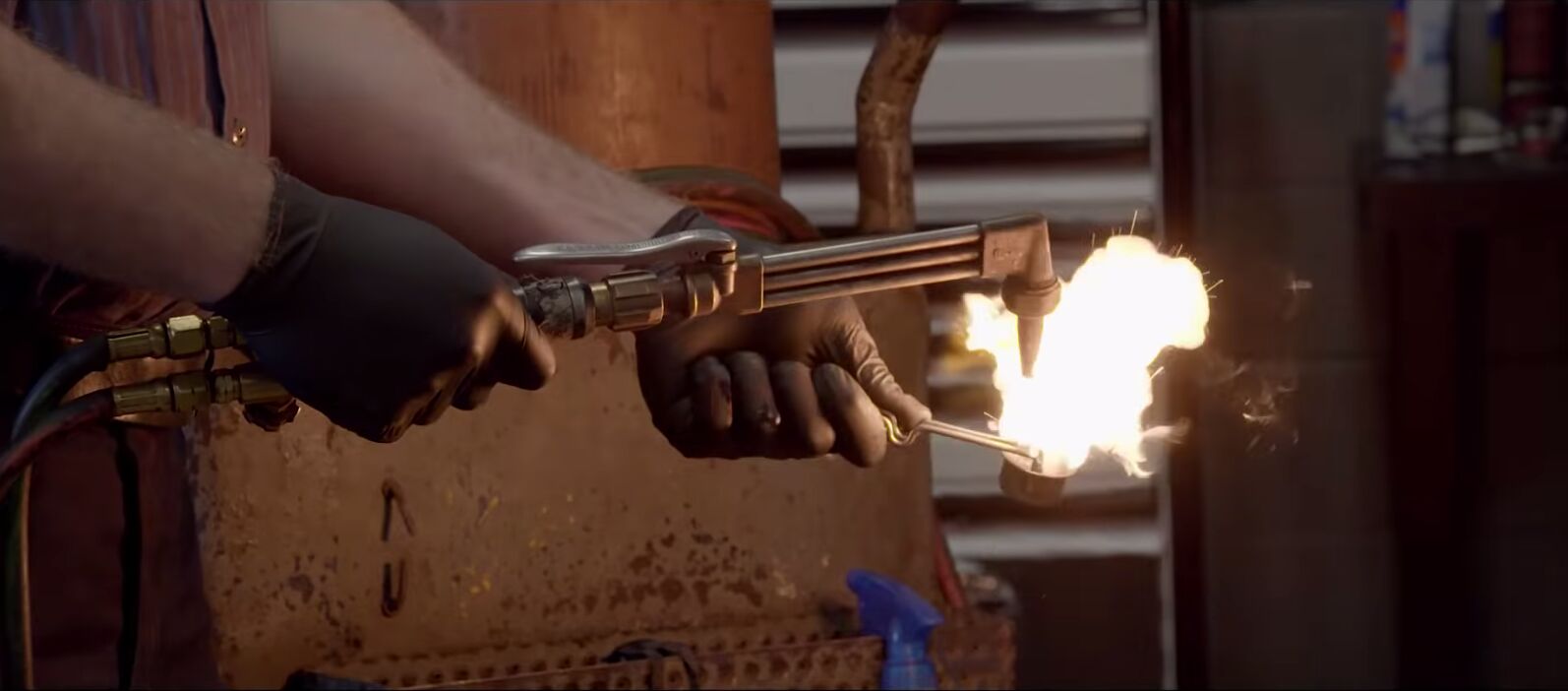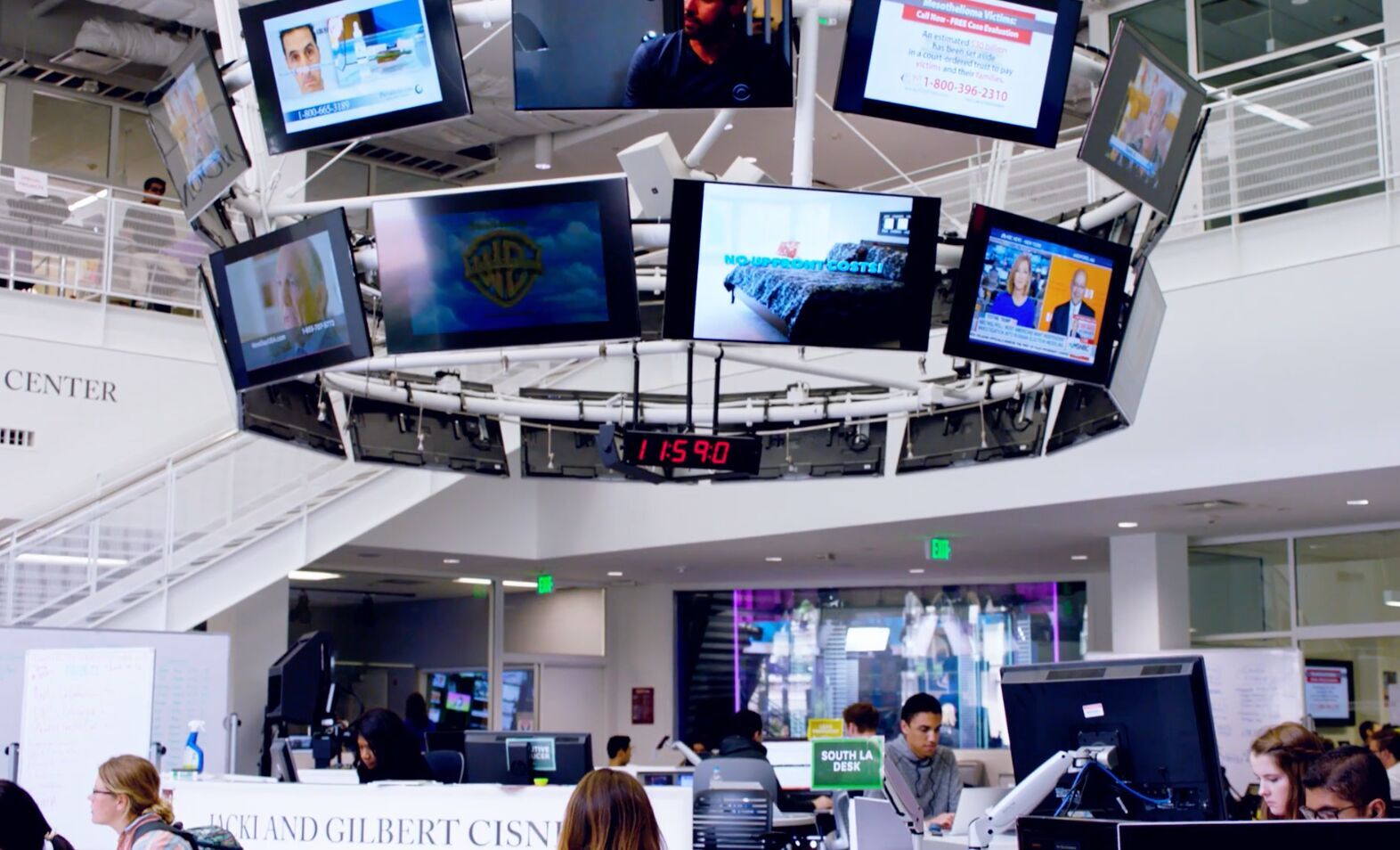Update—July 2, 2020: The ADTEP training has pivoted some classes to Zoom, but completion for the current DHAT trainees is delayed. Due to COVID-19, they are unable to schedule in-person patient visits in the clinics so students can finish their requirements. The program hopes to re-open and resume that training this month. ADTEP does not plan to start a new cohort later this year, as funding to sponsor students has been negatively impacted because of the pandemic.
——
Alaska is considered the last frontier, yet its indigenous communities are trailblazing a new frontier in dental health care and restoring the smiles of the Alaska Native population.
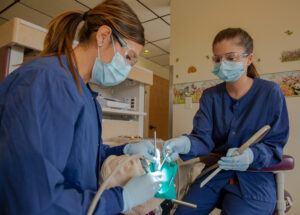
The Alaska Dental Therapy Education Program (ADTEP) addresses a critical need for solutions where a lack of access to quality care has become a public health problem for its indigenous population. It is doing this by training tribal members to become Dental Health Aide Therapists (DHATs) and expand dental care access to more communities.
DHATs are a solution to a shortage of trained dentists in remote locations, where medical and transport expenses to dental care hub clinics can cost tribal communities millions of dollars. It is also a solution for preventive treatments, where DHATs can instruct their communities in proper oral health care. They are instrumental in building culturally appropriate relationships that can promote healthy habits and eliminate expensive procedures.
From its start in New Zealand to its successful implementation in Alaska, dental health aide training is an education model that has a proven track record in delivering dental care to rural communities. DHATs are a trusted source as primary care providers, and their success is showing another way to provide quality care.
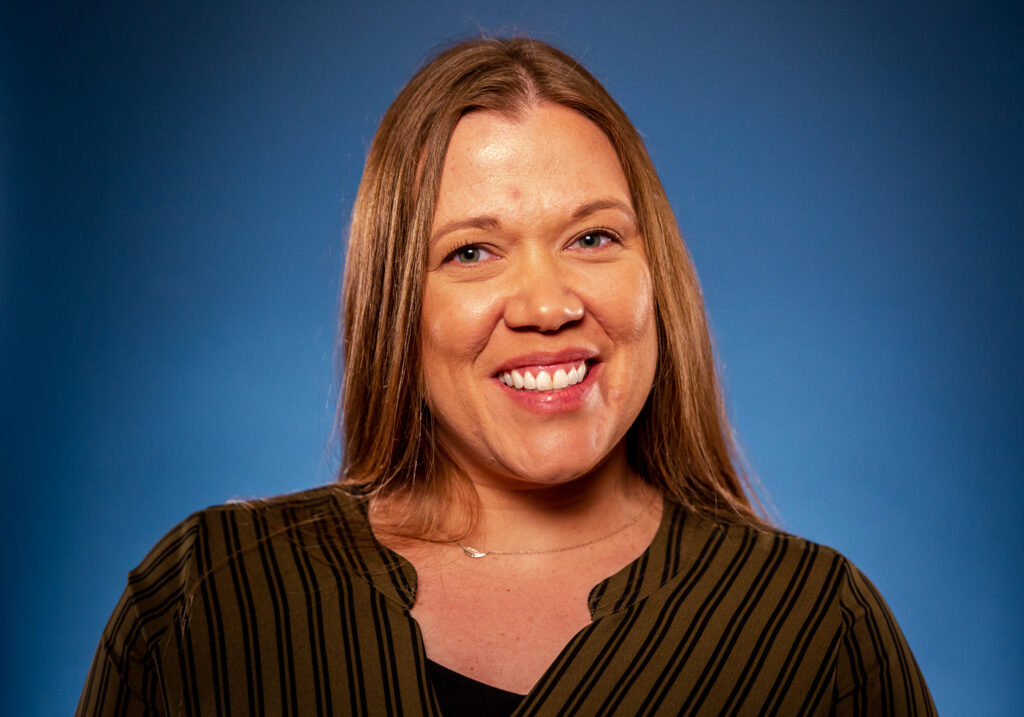
Now the ADTEP program is expanding its reach into the tribal communities of the lower-48 states, where student Anna DeGraffenreid of the Coeur d’Alene tribe in Idaho is getting an education that will make her a pioneer, not just for her community, but the entire state.
A Solution for Alaska’s Dental Health Epidemic
To get a sense of the problem Alaska Natives have in getting quality dental care, just imagine if you had to fly to another state to get a tooth pulled.
Many of the state’s 200 villages are accessible only by boat or air. Tribal communities have to transport people to one of the regional hubs for basic procedures, incurring high costs to Medicaid and the tribal health systems. One of the hub communities, Bethel, Alaska, serves more than 26,000 Alaska Natives living in 52 remote villages. Only a handful of full-time dentists deal with the backlog of routine appointments, focusing on “drill and fill” instead of treating the overall problem affecting Alaska Natives.
This is the reality for a population that suffers from a disproportionately high level of tooth decay compared to the rest of the nation. A 2008 Centers for Disease Control study of five tribal villages found that 87 percent of Alaska Native children age 4-5 experienced tooth decay compared to 37 percent among U.S. children in the same age group. The CDC cited a combination of risk factors including the prevalence of soda consumption and a lack of fluoridated water systems for the high levels of tooth decay in Alaska Native youth.
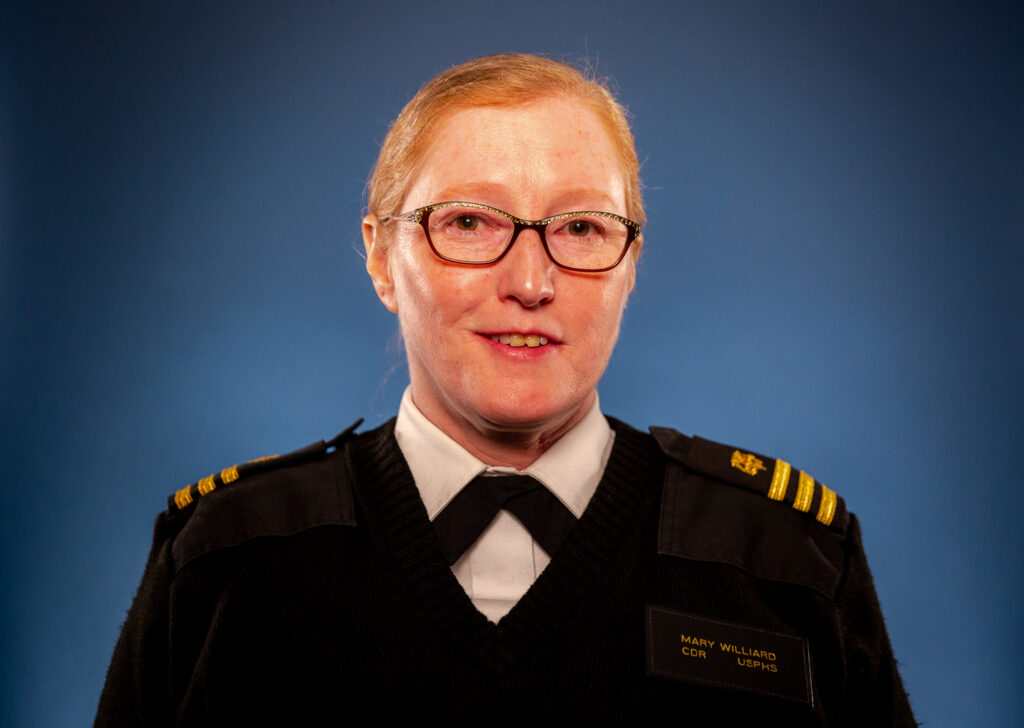
“When we have young kids that have to go to the operating room to have all their teeth worked on at one time before the age of five, that costs at least $7,000 per visit. With a therapist in the community, we can avoid probably up to 80 percent of those visits,” ADTEP Director Mary E. Williard, DDS said to WorkingNation.
The factor that dental therapists can play in improving the oral health care of an indigenous community is well-documented since New Zealand first established the dental therapy practice a century ago. A 2014 study funded by the W.K. Kellogg Foundation of 1,100 documents from 26 countries with dental therapists showed that they provided “effective, quality and safe care for children in an economical manner and are generally accepted by the public where their use is established by the dental profession.”
The Alaska Native Tribal Health Consortium (ANTHC) responded to the epidemic level of tooth decay in Alaska Natives by introducing dental therapist training to the state in 2003. The ANTHC sent the students selected by their tribal communities to the University of Otago in New Zealand to complete their two-year dental therapist education.
Halfway around the world, Alaska Natives trained on how to deliver basic level services: fill cavities, perform cleanings and simple extractions under the general supervision of a dentist. Dental Health Aides work independently while staying in contact with dentists over the internet. More importantly, they provide this care within the communities they serve, allowing for dentists to concentrate on higher-level procedures like root canals and abscess treatments.
“The Dental Health Aide Therapist was a really reasonable way to think about providing care in Alaska because we already had community health aides,” Dr. Williard said of the relation dental therapy had to the mid-level care provided by physician assistants and nurse practitioners. “Creating a dental component in that system just made sense.”
The success of the program in training DHATs led to the ANTHC to develop ADTEP in 2007. Based in Anchorage, Alaska, this brought the education closer to home.
The two-year, three-semester program is free for all students. Their tuition, supplies, living expenses and travel expenses are paid for by their sponsoring tribal health organization. The student pays back their education by serving in their tribal communities for four years. The structure of the program ensures that all students have a guaranteed job upon graduation.
ADTEP takes in between six to 10 new students each calendar year because of the size of the facilities in Anchorage. During the first year, students train on models while learning how to perform simple preventive procedures like fluoride treatments and sealants then work up to more complex procedures like fillings and extractions. In year two, aspiring DHATs move to real patients in their clinical program based in Bethel with their educational partner, Yuut Elitnaurvia, The People’s Learning Center.
The program incorporates a two-year degree associate degree in Dental Health Therapy through its partnership with Iḷisaġvik College in Utqiagvik, formerly known as Barrow. The northernmost accredited community college in the United States is also the only tribal-controlled college in Alaska. It serves as the academic home for ADTEP, administering the program’s education courses.
At the time of WorkingNation’s documentary filming, there were 51 graduates from ADTEP. Since the introduction of the dental health aide training, about 70 percent of DHATs are still working in their communities. The demand for dental therapists is spreading, Dr. Williard said, because of the work they are doing in delivering primary care and education to their people.
So far, four ADTEP graduates are working outside of Alaska. And the positive word about dental therapists is leading Native American communities in the continental U.S. to send hopefuls like Anna DeGraffenreid to Alaska to become dental health aides.
A Pioneer in Her Field
DeGraffenreid, 39, of Plummer, Idaho, knows what it will be like to come back home to Idaho after two years spent in Alaska. The challenge she had in leaving behind her family — she has an adult daughter, a 16-year-old daughter and 13-year-old son who live with their dad in Idaho — would present a chance for her to grow as a person and take on a new and better paying job than her previous role as a dental assistant.
After she graduates from ADTEP in 2019, DeGraffenreid will be the first certified DHAT in the state of Idaho and a pioneer in the field.
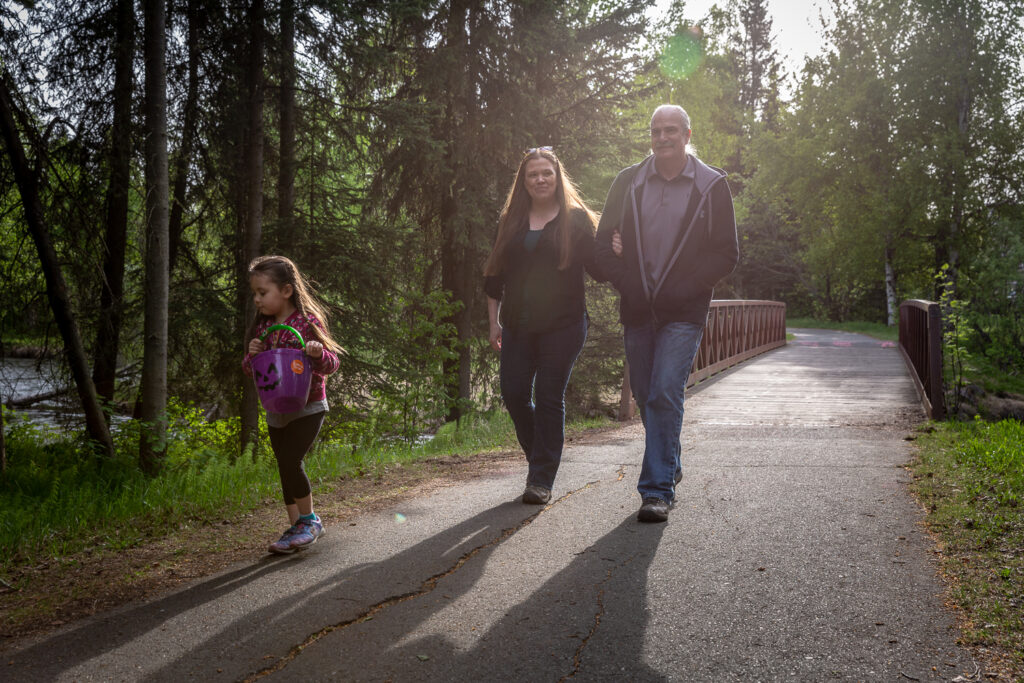
“I worked hard all my life. I went through this program, sacrificed a lot that it’s all going to be worth it, and going to have a good paying job, be respected in my community, and be an awesome role model for everybody that sees me being awesome,” DeGraffenreid said.
As a member of the Coeur d’Alene people, she was sponsored by the North Portland Area Indian Health Board to serve the 2,300-member tribe located in the remote Idaho panhandle. The sponsorship covered the $140,000 program, the cost of which is about half of what it costs to train a dentist over eight years. She said that she understands why dentists do not choose to serve in rural communities like hers.
“A dentist goes to school for eight years, and they don’t want to live in some rural community that doesn’t mean anything to them,” DeGraffenreid said. “They’ll go and do some rotations out there for a few years, to get the active caries [cavities] under control. Then they leave, and the [decay] rate just goes right back up.”
She decided to pursue the ADTEP program on the recommendation of her supervising dentist at the Marimn Health & Wellness Center in Plummer. It was a dream position for her that would allow her to serve her community.
“I didn’t want to leave my community for eight years to go to become a dentist, and then come back and do nothing but fill and drill, fill and drill. I wanted to be able to help my community sooner than later,” DeGraffenreid said.
Coeur d’Alene Tribal Council member Leta Campbell acknowledged the difficulty in recruiting health care providers in the area due to its isolation and lack of housing for professionals.
Most of them drive in from larger cities more than 50 miles away like Spokane, Washington and Moscow, Idaho. After learning about the impact DHATs were having in Washington state, Campbell thought that DeGraffenreid would be a “perfect fit” for the program since she was already working in the dental field and would stay with the community.
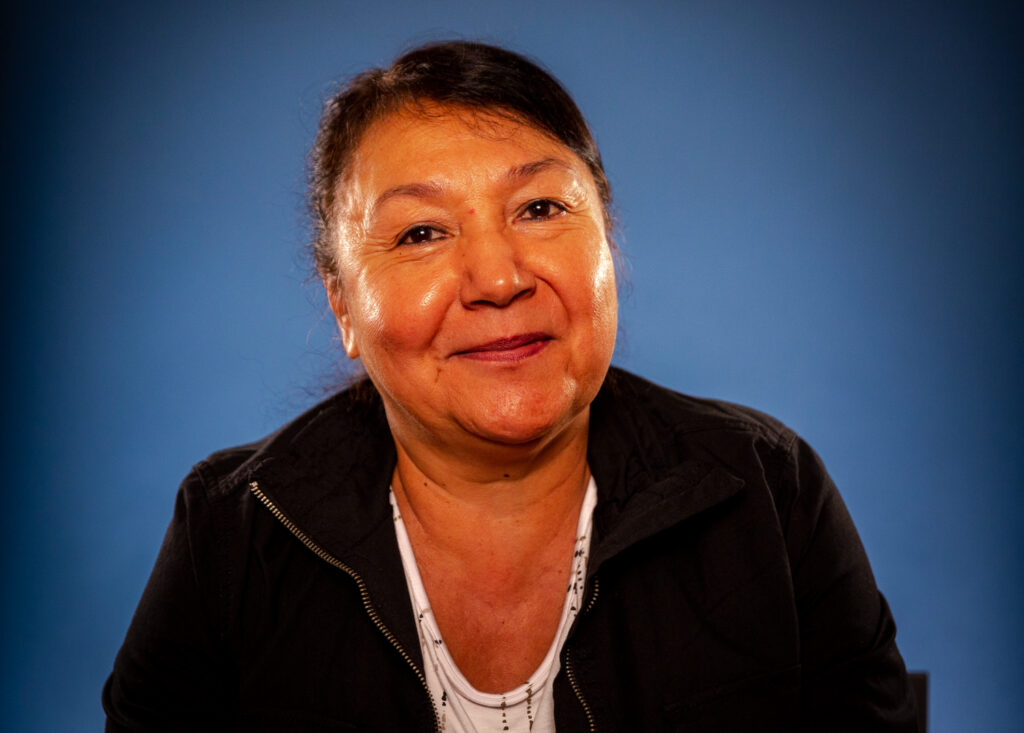
“She just really showed the motivation and ambition. She wanted to learn, and she wanted to promote herself. She has a young family, so maybe going back to college wasn’t something she could do,” said Campbell. “Not only was she already working in our dental clinic, but everyone in our community knows her and her mother.”
Following her graduation, DeGraffenreid will return to working at the Marimn Health where she must complete her 400-hour preceptorship, which is mandatory for all ADTEP graduates. The preceptorship ensures that DHATs have the experience to perform their duties safely and effectively.
Despite the intensive education, certification and clinical training, the state of Idaho will not recognize her as a dental therapist. It is something that the tribal council is working on with state legislators to recognize formally dental therapists on tribal lands. It can affect government funding for health care from going to support dental therapists. DeGraffenreid said she is hopeful that Idaho will follow Washington state in recognizing DHATs instead of the Coeur d’Alene nation invoking its tribal sovereignty to allow her to work.
Last year, Washington joined Alaska, Minnesota and Maine in recognizing mid-level dental occupations as a solution to the dental health crisis on tribal lands. The introduction of DHATs to the American dental care system has not come without controversy as there was resistance from the American Dental Association. According to Dr. Williard, the ADA cited safety issues as their primary concern in opposing dental therapists.
“They were worried that there would be people that would be providing health care services that didn’t have enough education to do that,” Dr. Williard said.
DeGraffenreid will be a pioneer in the dental health care revolution because of ADTEP Native American and Alaska Native communities’ determination to decide what works best for their people. The sluggishness of governments to recognize her profession may come down to them not understanding the evidence supporting dental therapy in the U.S.
A 2018 study examining the effect of DHATs on Alaska Native communities between 2006-2015 found a 284 percent decrease in children having their front four teeth extracted. Adults had a 26 percent decrease in extractions. This coincided with a 60 and 70 percent increase in preventive care. The study’s authors recommended that more states should consider dental therapists to “meet the dental care needs of individuals in underserved communities and achieve health equity and social justice.”
A Solution for America’s Rural Dental Health Crisis
Dr. George Murphy has practiced dentistry in Alaska for 40 years and has witnessed the work dental therapists are doing to increase coverage and services for tribal members. Instead of Alaska Natives receiving care once a month or once a year, they are getting more frequent treatment which is resulting in lower instances of tooth decay in children and adults. He thinks that the introduction of the dental therapy occupation will be an inevitability as they serve a vital role as an intermediary between hygienists and dentists.
“There’s a place for DHATs in private practice, and what it’s going to do is it’s just going to change the way dentistry’s done. It’s going to change the direction general dentistry has been going for the last 50 years,” Dr. Murphy said.
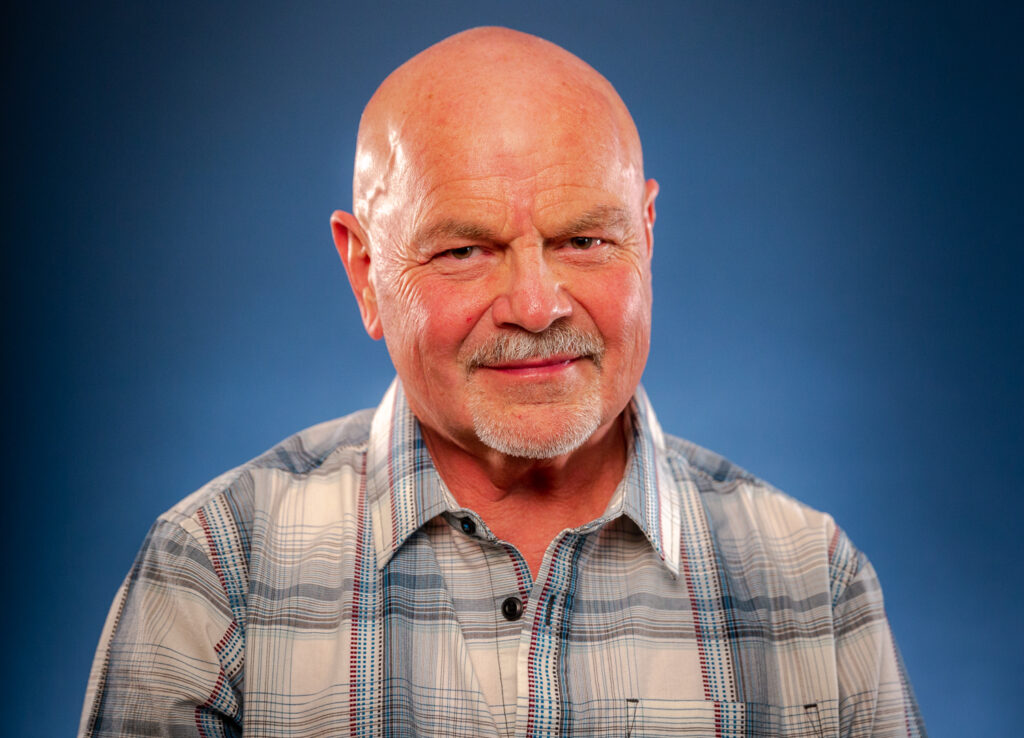
The overall benefit that dental therapists can provide to underserved communities is causing more states to take notice of how DHATs can improve dental health across the nation. According to a brief from the W.K. Kellogg Foundation, an estimated 83 million Americans do not have full access to dental care. Affordability and restricted access are preventing one in five U.S. children from receiving dental care every year. Untreated tooth decay is robbing children of their smiles, leading to chronic pain, which impacts their school and work life.
Dr. Phillip D. Woods, who is an instructor with the ADTEP program, envisions a future where more states embrace the DHAT education model and let Dental Health Aides address the unmet need for care. Woods said that the two-year timeframe to train might influence more people to consider becoming DHATs and give back to their communities like DeGraffenreid.
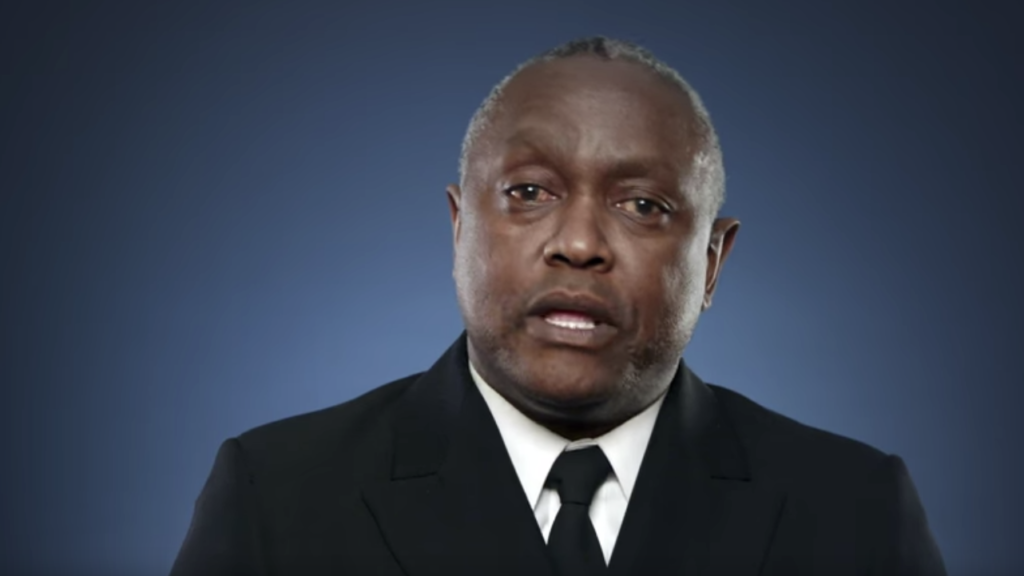
“I’m looking forward to seeing this become a reality, I know there are communities, east LA., downtown Baltimore, inner-city Boston, that would really benefit from similar programming. Where kids who are maybe not able to or willing to put in or finance eight years of education, but very interested in providing service to the community come and learn what we have to offer and then take it back to the community,” Dr. Woods said.
Dr. Murphy suggested that dentists should not be afraid of welcoming DHATs to work in their offices because they won’t take business away, they will attract more customers. Since Dental Health Aide training launched in Alaska, the relationships DHATs formed with their patients are encouraging more tribal members to accept treatment. Their communities now have a representative that can advocate for their health and solve their immediate problems in a timely fashion.
DHAT is an occupation that can pay above the median salaries available in underserved and rural communities. In Alaska, the median wage for DHATs is $60,000. DHATs also have the potential to create more economic opportunity in their communities by bringing in $150,000 to $200,000 more than it takes to employ them.
But most importantly, these communities can see their dental health aides succeed through an equitable education model that gives them the time and means to make an immediate difference.
“The DHAT is a warm body with a caring heart, who can sit down with the patients and identify with them,” said Dr. Murphy. “it is not a position that should be feared. It’s one that should be embraced.”


